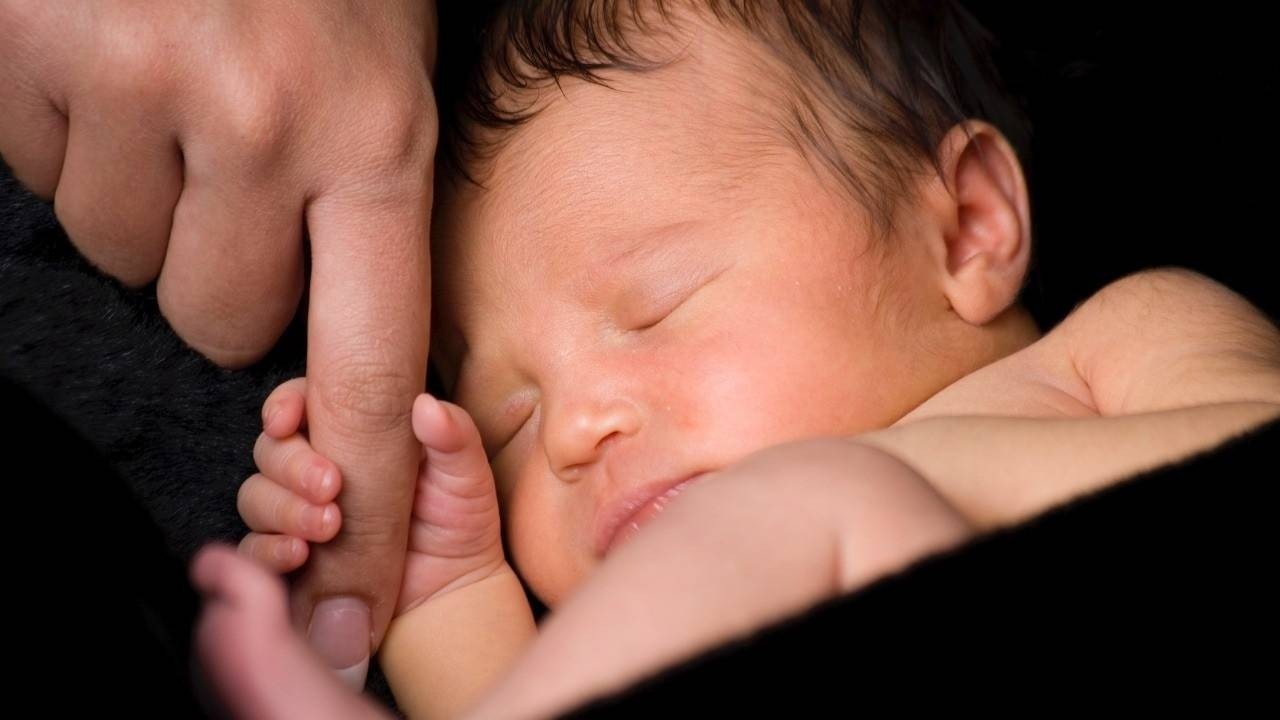What do babies really want?

Humans are fascinating. Human babies even more-so.
Babies are born with ‘biological expectations’. They expect to be kept safe, warm and nourished. This is key to their survival. Knowing what a newborn ‘expects’ can help us meet their needs better. We can try to understand the world through their eyes.
Professor Allison Gopnik says:
“Decades of research focussing on infancy provide clear evidence that infants arrive at birth far more conscious, more aware, more inquisitive, and more capable than we ever imagined in the past”.
If more people understood how aware and sensitive newborns are, would this change our birth practices and the way we care for babies during the neonatal period?
After the birth
You can see why skin-to-skin cuddling straight after birth can help a newborn adapt. We know that helping babies feel secure and warm will help them be healthier and regulate breathing, heart rate and respiration. They are born seeking a continuation of what they had in the womb. Re-creating a ‘womb-like’ environment will give newborns the comfort they desire.
Having a safe and supportive environment helps a newborn to use their instincts. After birth, if undisturbed, they will find and self-attach to the breast. They naturally seek this comfort and nourishment.
How babies communicate
Babies give early cues to let their carer know they are hungry. They may first lick their lips, open their mouth, bob their head around and bring their fingers to their mouth. It is a late cue when they cry.
Babies communicate with facial expressions, hand gestures and vocalising. They are also very aware of their caregivers expressions, voice intonations and gestures.
If they want to disengage, babies will often look away, grimace and arch their back. This can signal they need to rest and may need help with comfort measures like being swaddled, cuddled or being gently rocked.
If they are ready to engage, they will be more alert and interact with smooth movements.
Sleeping patterns
According to the book ‘Infant & Toddler Development’ (Maguire-Fong & Peralta), newborns spend up to 70% of their time asleep. They average 16-18 hours of sleep in a 24 hour period. Because their stomachs are still so small, they need to feed frequently around every 2-3 hours. As babies get older they generally sleep for longer stretches at night.
Babies have shorter sleep cycles than adults. They take longer to fall into ‘deep sleep’ too. A newborns’ sleep-wake cycle begins with drowsiness and drooping eyes which moves to light sleep with fluttering eyelids and irregular breathing. You can tell a baby has gone into deep sleep when they stop grimacing and twitching, their breathing is more regular and shallow, and their muscles completely relax.
They do have relatively short sleep cycles but we can assist them to fall back asleep if they have roused. If you notice a baby rousing from deep sleep, you can gently assist them to go back to sleep with light touch, a rhythmic voice or gentle movement. This support helps babies to learn to navigate their sleep cycles without waking and crying.
I always encourage people to trust their intuition. No one knows their baby like them; no expert, no book and no how-to guide. The relationship between baby and care-giver is unique. But by understanding how babies communicate and what they need and want, it can help bring greater awareness and appreciation for these incredible little humans.
Do you want to feel more confident about birth?
Download the free natural birth checklist!
It has practical tips and natural suggestions for the three stages of labor, a packing list for birth, pictures of useful labour positions and helpful hints for partners.


